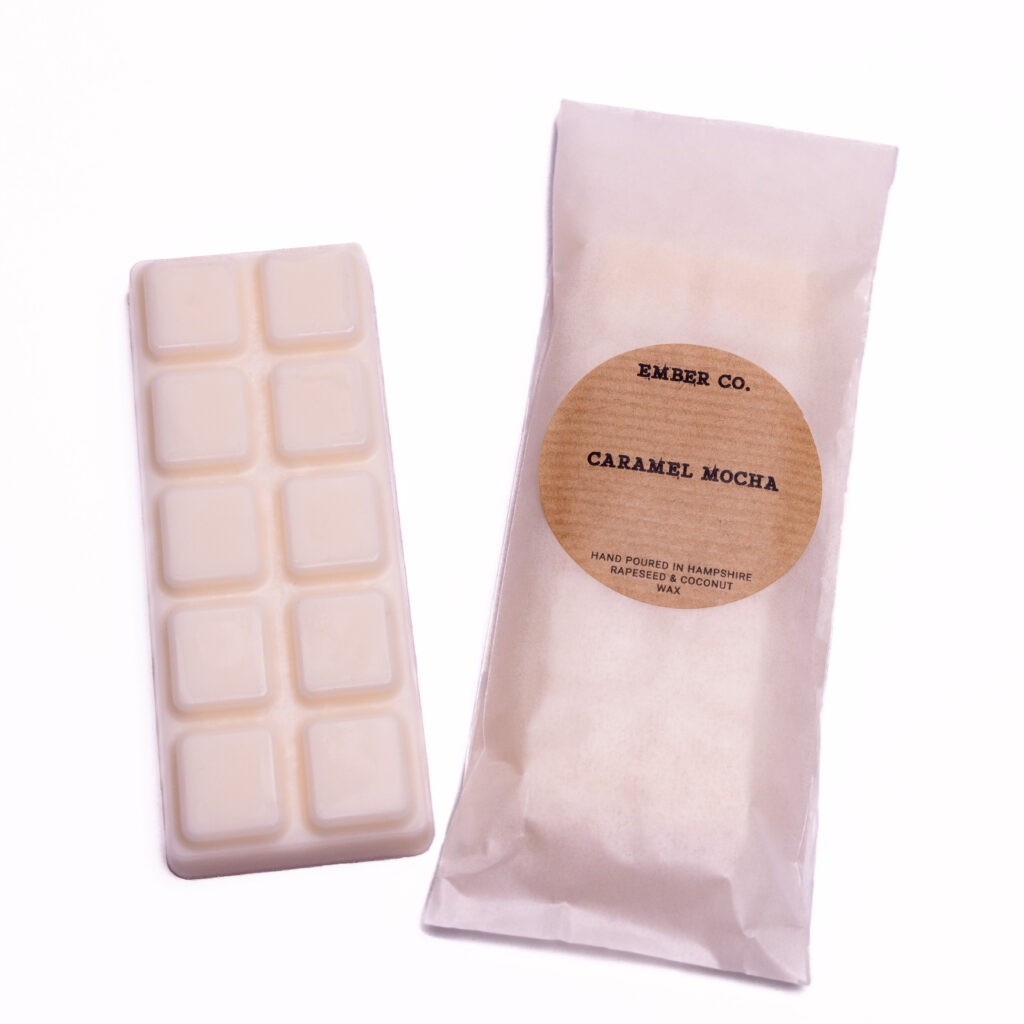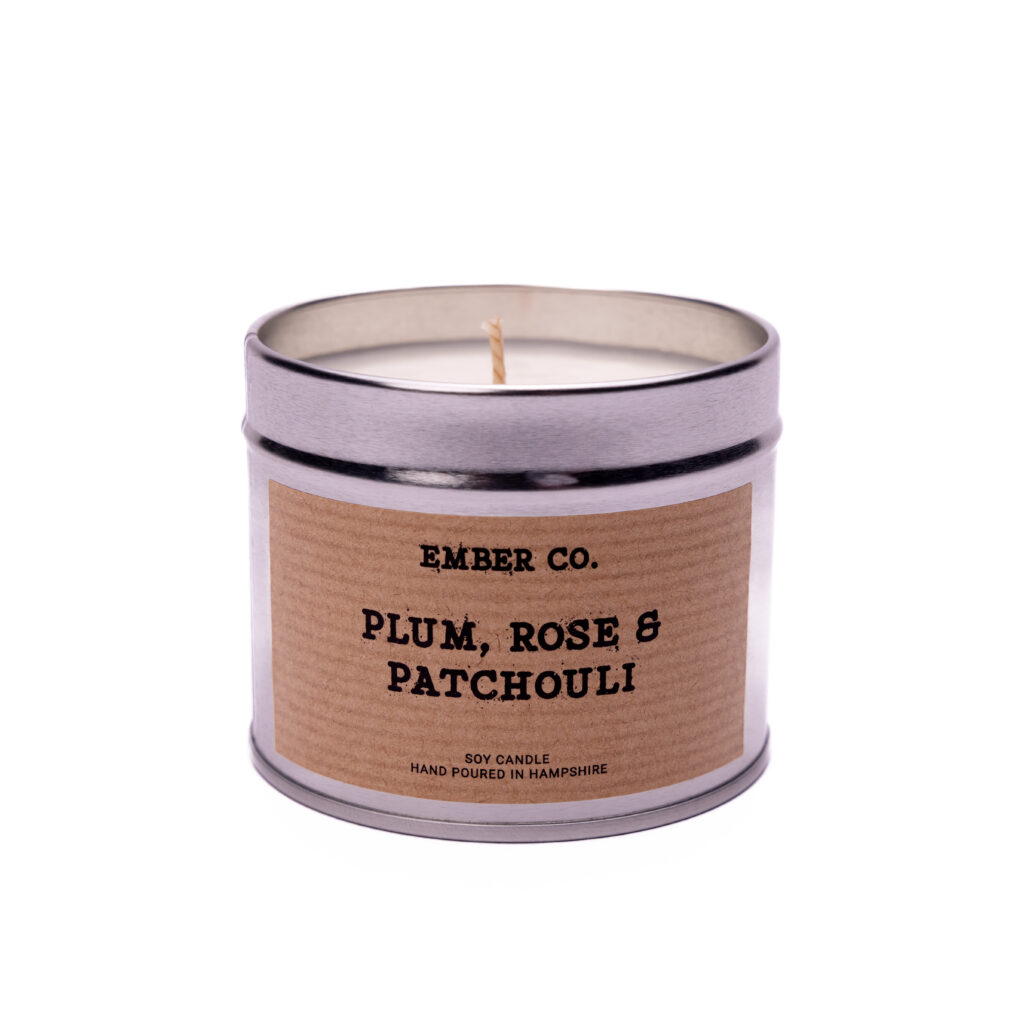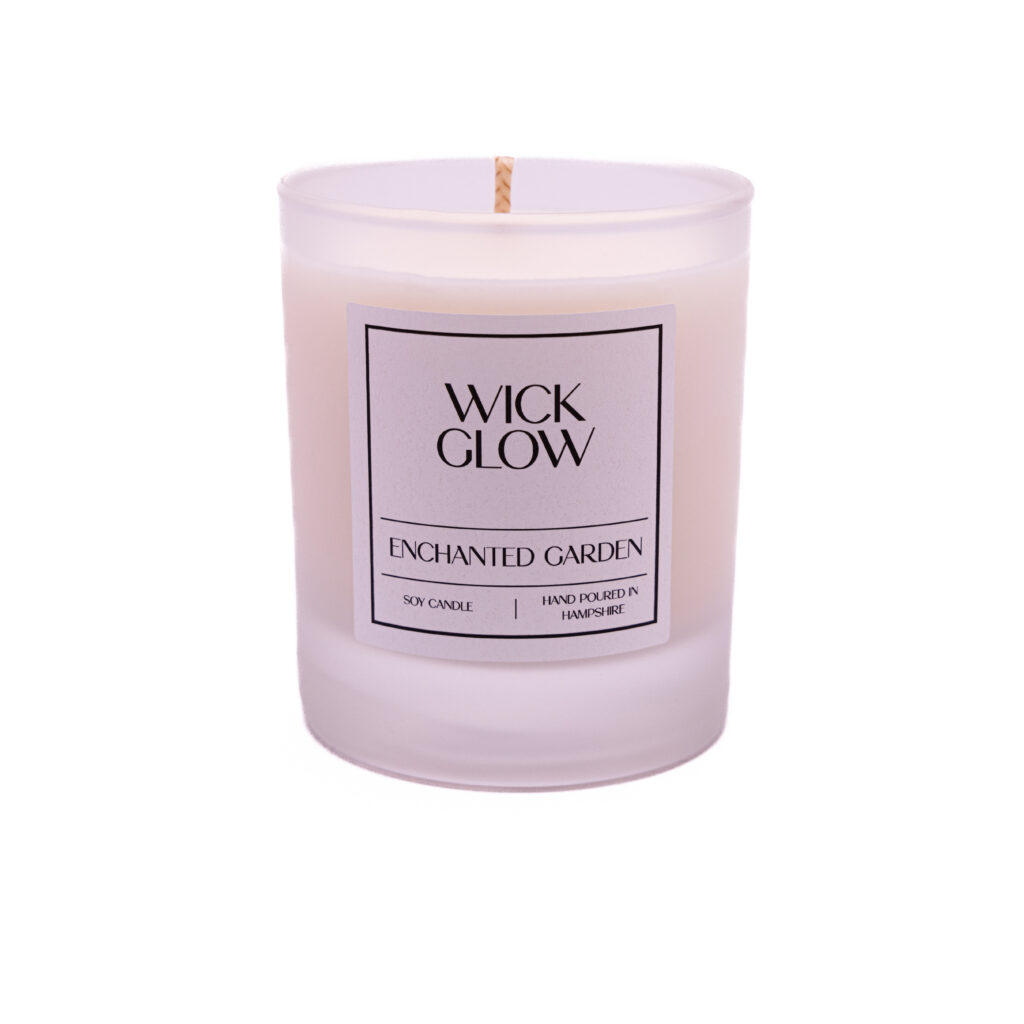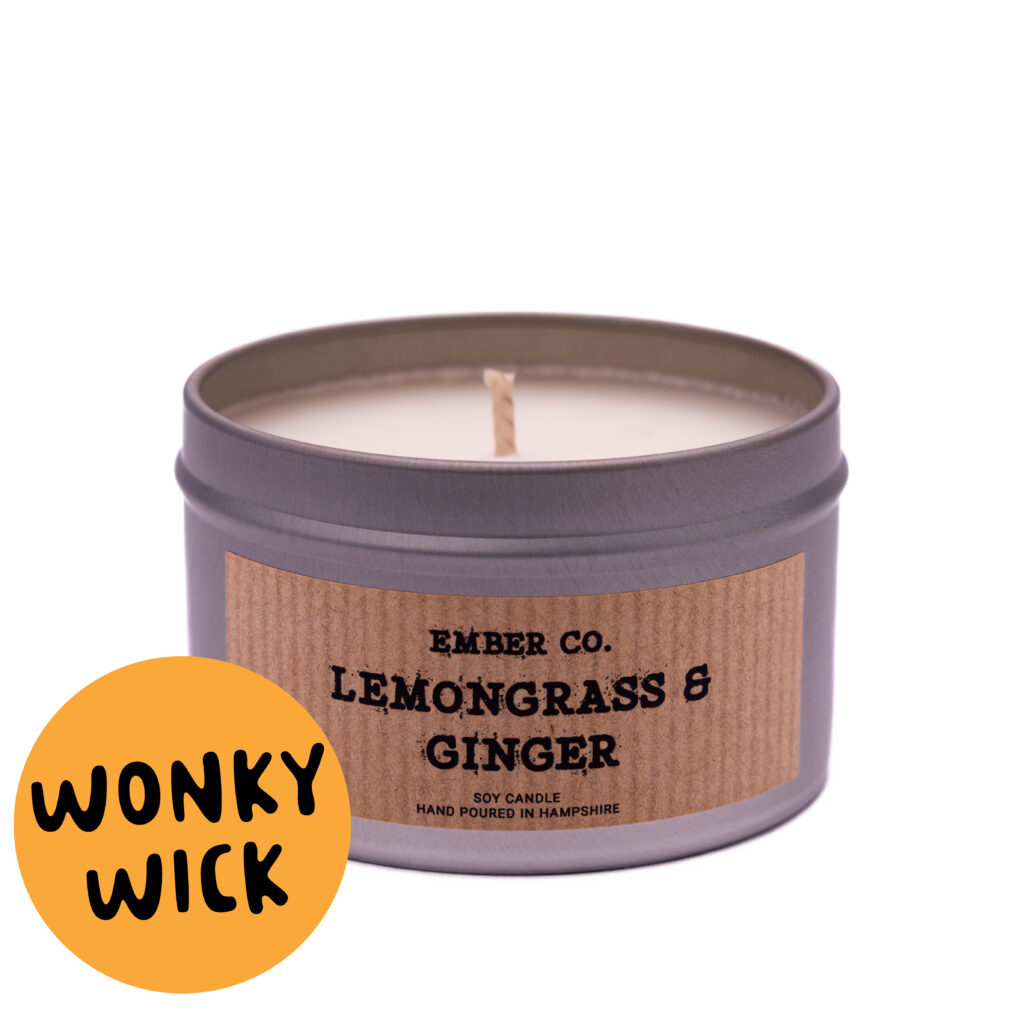Introduction
Hopi ear candles, an intriguing and ancient practice, have sparked interest and curiosity in modern wellness and alternative therapies. Originating from the rich traditions of the Hopi Native American tribe, these unique ear candles are believed to offer a range of health and wellness benefits. This blog post aims to explore the captivating world of Hopi ear candles, delving into their historical roots, their contemporary usage, and the potential benefits and considerations surrounding this traditional practice. Whether you’re a wellness enthusiast or simply curious about alternative health practices, understanding Hopi ear candles provides a fascinating glimpse into a blend of ancient tradition and modern health culture.
The History of Hopi Ear Candles
The use of ear candles traces back to the Hopi tribe, known for their profound spiritual knowledge and connection to healing and therapeutic practices. The Hopi, meaning “peaceful people,” have a rich cultural heritage that includes ear candles as part of their medicinal rituals. These candles were not only a tool for physical well-being but also held spiritual significance, often used in purification ceremonies and healing rituals.
As this practice became the broader world of alternative therapies, it has been adopted and adapted. Today, Hopi ear candles are embraced in various cultures worldwide, often integrated into modern holistic health practices. The journey from a sacred tribal ritual to a contemporary wellness trend highlights the evolving nature of traditional health practices and their place in modern therapy.
What Are Hopi Ear Candles?
These candles are distinct from the conventional candles used for lighting or fragrance. They are typically long, hollow tubes made from a fabric such as cotton or linen, which is then coated with a blend of natural substances like beeswax, honey, and herbs. This combination of ingredients is believed to enhance the therapeutic properties of the candles.
The design of these candles allows them to create a gentle suction when lit, which, according to traditional beliefs, can help with various ear and sinus issues. Incorporating natural ingredients like beeswax and herbs adds to the holistic experience, providing a sense of natural wellness and purity.

How Hopi Ear Candles Are Used
The practice of ear candling with Hopi candles involves a specific and careful process:
- Preparation: The recipient relaxes comfortably, often lying on their side.
- Candle Positioning: A trained practitioner gently places the tapered end of the ear candle into the ear canal.
- Lighting the Candle: The other end of the candle is lit, creating a mild suction effect as the air within the candle heats up.
- The Procedure: As the candle burns down, it’s believed to help remove impurities. The recipient may experience a crackling sound and a warm, comforting sensation.
- Completion: The candle is extinguished once it burns down to a marked line on the candle or after a set duration.
Safety is paramount in this process, and it’s strongly advised that Hopi ear candling be performed by a trained and experienced practitioner. This ensures that the procedure is done correctly and minimizes any risk of injury, such as burns or wax drippings.
Understanding the traditional roots and the contemporary practice of Hopi ear candles offers a glimpse into a unique form of therapy. The blend of ancient wisdom and modern application underscores the ongoing search for holistic wellness solutions in today’s health-conscious world.
Perceived Benefits of Hopi Ear Candles
Hopi candles are surrounded by an aura of therapeutic benefits, as per the anecdotes of those who practice and use them. Commonly reported advantages include:
- Ear Wax Removal: One of the most cited benefits is the removal of excess ear wax, which is believed to be facilitated by the suction created by the burning candle.
- Relief of Sinus Pressure: Users often report relief from sinus pressure and discomfort, potentially due to the warmth and heat generated close to the ear and sinus areas.
- Improvement in Hearing: Some users claim an improvement in hearing attributed to removing blockages in the ear canal.
- Relaxation and Well-being: The process is often described as deeply relaxing, contributing to an overall sense of well-being and stress reduction.
However, addressing the controversy and scepticism surrounding these claims is crucial. Scientific evidence supporting the efficacy of Hopi ear candles in achieving these benefits is limited. Research and medical opinions often refute these benefits, particularly highlighting the lack of concrete evidence on the effectiveness of ear candling in wax removal or improving sinus issues. This information must be balanced and factual, acknowledging both the anecdotal claims and the scientific scepticism.
Safety Considerations and Best Practices
While Hopi ear candling is embraced by some for its perceived benefits, it’s essential to consider the potential risks:
- Risk of Burns: The most immediate risk involves burns from the candle flame or hot wax.
- Ear Canal Blockages: There’s a possibility of wax from the candle dropping into the ear, causing blockages or impaction.
- Medical Conditions: Individuals with certain medical conditions, especially those affecting the ear, should consult healthcare professionals before trying ear candling.

Given these risks, it’s vital to prioritise safety:
- Professional Guidance: Always seek a trained and experienced practitioner for ear candling.
- Medical Consultation: Consult with a healthcare provider, especially if you have a history of ear problems.
Choosing Hopi Ear Candles
When selecting Hopi candles, consider the following:
- Natural Ingredients: Look for candles made with natural materials like cotton, beeswax, and essential oils.
- Reputable Manufacturers: Choose candles from reputable manufacturers known for their quality and safety standards.
- Safety Certifications: Check for any safety certifications or compliance with health standards.
Alternatives to Hopi Ear Candles
For those seeking other methods for ear care and relaxation:
- Professional Ear Wax Removal: Consulting a healthcare provider for ear wax removal is a safer and medically approved method.
- Relaxation Techniques: Explore other relaxation techniques such as meditation, aromatherapy, or a warm bath.
While Hopi ear candles continue to be a topic of interest in alternative wellness circles, users must weigh the anecdotal benefits against scientific scepticism and potential risks. As with any alternative therapy, informed decision-making and a cautious approach are vital to ensuring personal health and safety.
Conclusion
In exploring Hopi ear candles, we have traversed the fascinating intersection of ancient tradition and modern wellness practices. From their origins with the Hopi Native American tribe to their contemporary use in alternative therapies, Hopi ear candles embody a unique blend of history and holistic health. While they are lauded for their perceived benefits, such as ear wax removal, sinus relief, and overall relaxation, it’s crucial to approach their use with a balanced understanding and awareness of the scientific scepticism and potential risks involved.
The practice of Hopi ear candling, steeped in tradition and anecdotal benefits, underscores the diverse landscape of holistic wellness methods. However, the importance of safety, the necessity of professional guidance, and the value of informed decision-making must be considered. As with any alternative therapy, consulting with healthcare professionals is paramount, especially for individuals with specific health conditions or concerns.
Call to Action
We invite you to share your thoughts and experiences in alternative wellness practices, including Hopi ear candles. Have you tried Hopi ear candling, or do you incorporate other traditional practices into your wellness routine? Your insights and stories enrich our understanding and appreciation of diverse health and wellness perspectives. Join the conversation in the comments below, and let’s continue to explore the fascinating world of holistic health practices together. Your journey and experiences can provide valuable perspectives for those navigating the vast landscape of alternative therapies.






